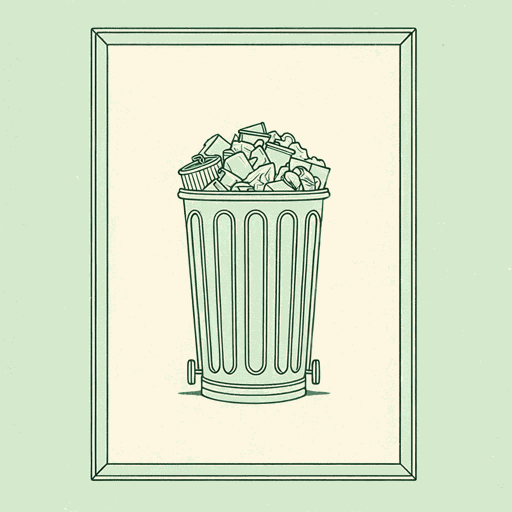38 pages • 1 hour read
Annie LeonardThe Story of Stuff: How Our Obsession with Stuff is Trashing the Planet, Our Communities, and Our Health—and a Vision for Change
Nonfiction | Book | Adult | Published in 2010A modern alternative to SparkNotes and CliffsNotes, SuperSummary offers high-quality Study Guides with detailed chapter summaries and analysis of major themes, characters, and more.
Chapters 2-3Chapter Summaries & Analyses
Chapter 2 Summary: “Production”
Production describes the processes that take all the different ingredients acquired through extraction. Production turns ingredients into Stuff. Chapter 1 describes the ingredients found in trees, water, and rocks. However, there is another important ingredient that is not found in nature: synthetic materials. Plastics, polyesters, ceramics, alloys, and polymers are examples of common synthetic materials. There are one hundred thousand synthetic compounds used in industrial production today. The risks of synthetic materials in terms of health impacts and environmental effects are largely unknown.
Leonard then turns to a few examples of synthetic materials. In each of her examples, the environmental cost of production is explored. She also looks at the impact on workers are underpaid, work in difficult conditions, and exposed to toxins. First, the cotton shirt. Cotton plants require a lot of water. Cotton is grown on industrial scale and only a few varieties are used. Irrigation wastes a lot of water through seepage and evaporation. Cotton uses 10% of the global supply of fertilizer and 25% of its insecticides at a cost of almost $2.6 billion in pesticides per year. Pesticides are hazardous and contain carcinogens. The chemicals in pesticides kill beneficial insects and microorganisms.

